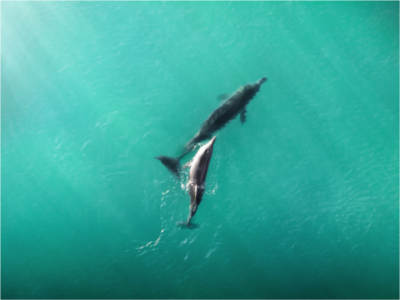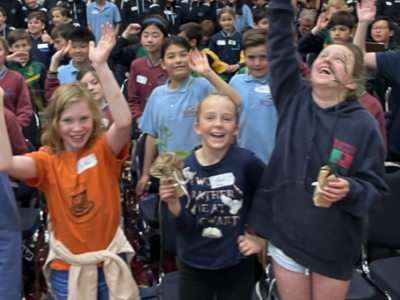
Microplastics are everybody’s problem, and affect people and wildlife everywhere on the planet. Currently studies are proving microplastics are present in the air we breathe, in our food, in our gut, placental tissue and most recently even in our blood. They occur from the highest peak of Mount Everest, to the deepest parts of the ocean in the Mariana Trench.
Since 2014, our Baykeeper team has conducted river trawls and litter audits to attempt to set the first ever baseline of plastic pollution going into Port Phillip Bay. This culminated in our Clean Bay Blueprint report, released in 2020. It paints a stark picture of what is happening in our waterways, and in the report we make several recommendations for actions to be taken by governments and communities to stop the rising tide of microplastics getting into our rivers.
Research like this is critical to create awareness about issues facing the Bay, as well as providing strong scientific evidence that can be used for real change.
How Our Research Is Used
Last December, the results from Clean Bay Blueprint were included in Victoria’s State of the Marine and Coastal Environment 2021 report, by the Commissioner for Environmental Sustainability. This in-depth look at the health of our coasts and waters lists – among other things – baselines, targets and thresholds for a myriad of factors affecting the marine environment. It’s basically a report card for how our marine environment is doing, where we are improving things, and where we are going backwards and need to pay more attention.
Our river trawl results were used by the Commissioner to set the first ever baseline for plastic pollution in Port Phillip Bay. This is a great achievement for research which is based mostly on citizen science and volunteer power! It shows not only that citizen science is a scientifically valid and valuable way of collecting and analyzing data, but it is also a testament to the determination of the community to protect what they love: 8,800 volunteer hours went into this research and we could never have done this without that.
The Next Steps
Establishing the magnitude of the problem is only the start of what needs to happen to keep microplastics out of the water. To reduce microplastic pollution, it is important to first trace them back to their source. This source could be a construction site, a wastewater treatment plant, a large public event, a specific factory that uses plastic in their manufacturing process, etc. The next step is to examine existing product handling systems for how they fail to prevent the leakage, and improve these.
With Australia moving towards a circular economy, and now keeping all of its plastic waste in-house for shredding and recycling, it is imperative that we make sure there are industry processes in place that prevent light-weight bits of shredded plastics from escaping off the factory floor. Nurdles, and plastics (e.g. blue bottle caps) that are being shredded on factory sites to be used in recycling processes, are examples of microplastics that currently need better systems to contain them. This conclusion is based on pollution surveys conducted at industrial sites around Melbourne in the last few years. Check out Tangaroa Blue’s 2020 Operation Clean Sweep Port Phillip Bay Report for more information.
The EcoCentre supports a well-designed and adequately resourced circular economy. But if we don’t improve on these currently inadequate systems before the inevitable recycling boom, we might be looking at a huge ecological disaster for our waterways and Port Phillip Bay.
Stay tuned for Part 2: How the Ecocentre Is Progressing Action on Microplastics Pollution Right Now.



